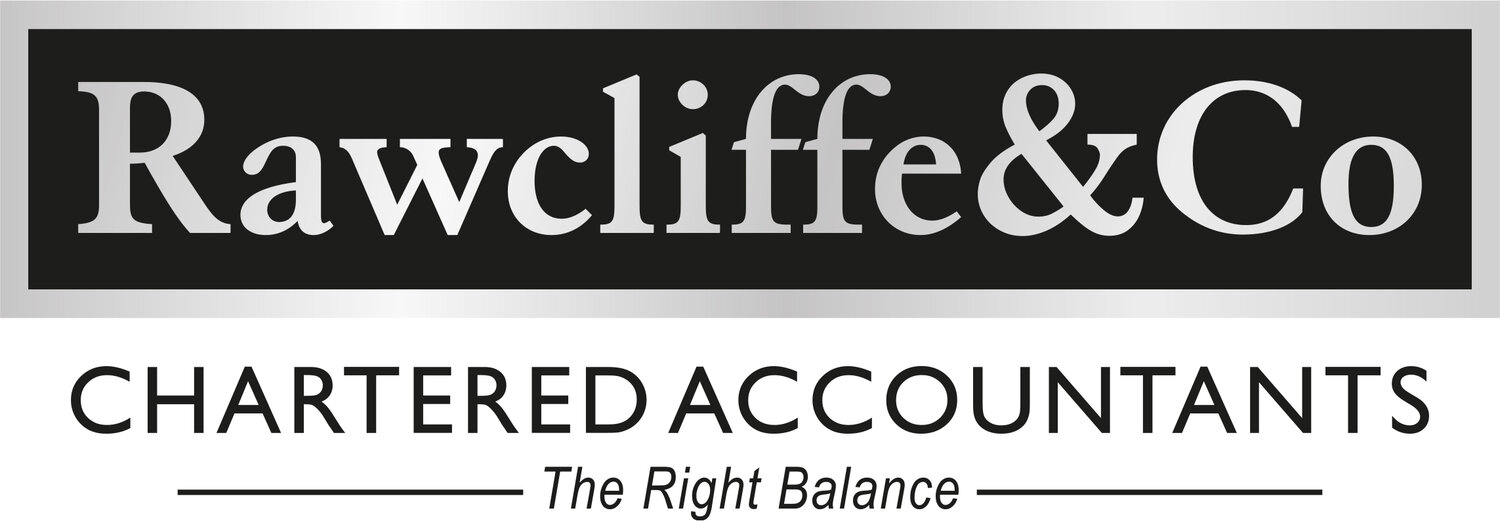National Insurance Contributions (NICs)
Despite lobbying to delay the upcoming 1.25% increase in NICs payable by employees, employers and the self-employed, the government has decided to go ahead as planned from April 2022, to provide additional funds for health and social care.
Some new measures have however been announced in an attempt to combat the effect of the increase, at least partially.
Increase in the starting NIC threshold for individuals
The annual level at which employees and the self-employed start to pay NICs was due to increase from £9,568 to £9,880 from 6 April 2022.
This increase will go ahead but be further uplifted to £12,570 from 6 July 2022, effectively aligning the point at which an individual starts to pay NICs with the £12,570 income tax personal allowance.
In the tax year to 5 April 2023, this is a NIC cut worth £267 for most employees and £207 for most self-employed individuals.
Crucially, this will more than negate the impact of the 1.25 percentage point NIC increase for most workers with employment earnings of less than £34,000, providing them with a small contribution to the increased cost of living.
The starting NIC threshold for the self-employed and company directors is computed on an annual basis and so will be set at a pro-rata sum of £11,908 for the whole of the tax year to 5 April 2023, before increasing to £12,570 in the tax year to 5 April 2024.
Class 2 NIC liabilities of the self-employed
For the self-employed, some individuals will find that they no longer need to pay Class 2 NICs from April 2022. The small profits threshold will be set at £6,725 as planned but the requirement to pay Class 2 NIC will only apply to those with self-employed profits over £11,908.
This will benefit approximately 500,000 self-employed individuals by saving them £165 a year.
From 6 April 2023, Class 2 NIC will only be payable by those with profits over £12,570.
What about employers?
No changes have been made to the annual level at which employers’ NIC start to apply; namely £9,100 for most employees in the tax year to 5 April 2023.
However, the Employment Allowance, which allows eligible businesses to reduce their employer NIC cost, will increase from £4,000 to £5,000 for the tax year to 5 April 2023.
It is expected that 495,000 businesses will benefit from this increase, with most saving £150 in the tax year to 5 April 2023.
Personalised summary
While the Spring Statement described tax cuts, we must not lose sight that there is still the upcoming 1.25 percentage point increase in NIC, along with a freeze in income tax bands and allowances. Many individuals and businesses will still be paying more tax and NIC in the year to 5 April 2023 than they did last year.
Please get in touch if you’d like a personalised summary of how these changes affect you or if you have any questions about your payroll.
The Rawcliffe & Co team is available via phone or email Monday to Thursday 9-5pm and 9 – 4:30pm on Fridays.
Tel: 01253 798812
Email: info@rawcliffeco.com

